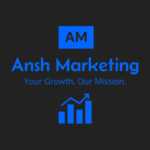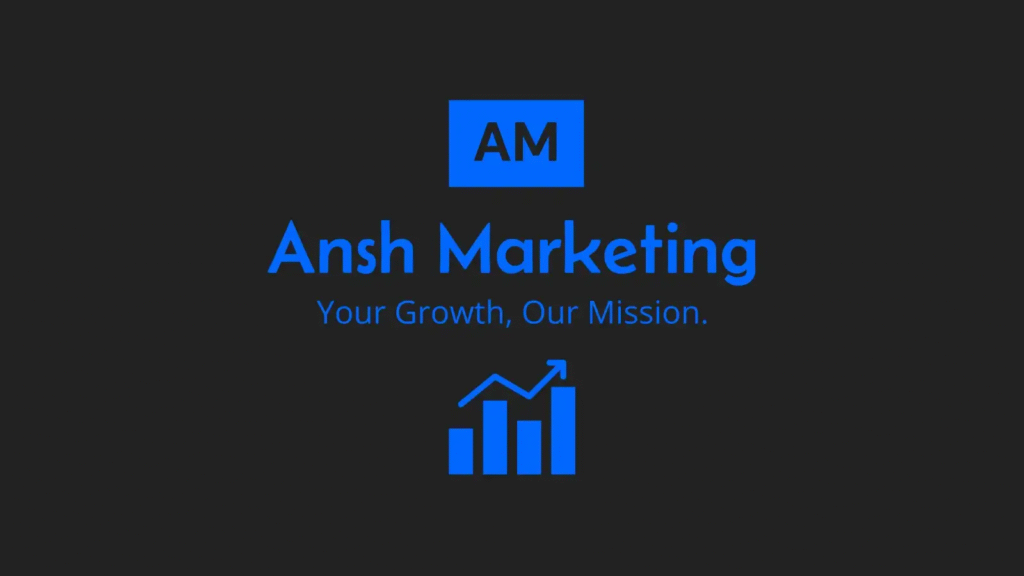On-Page SEO
Smart On-Page SEO to Make Every Page Rank Better
On-page SEO focuses on the content of your website pages, including your text, images, tags, layout, and structure. This is the aspect of SEO that you can fully control. At its core, on-page SEO services ensure that every element of your site tells effectively with both your visitors and search engines like Google. When done properly, it makes your site easier to find, understand, and navigate.
Every business with a website needs a strong on-page SEO foundation. Why? Because even the best content won’t reach the right people if it isn’t optimized properly. Our goal with on-page SEO services is to improve your pages so they rank higher in search results and provide a smooth experience for every visitor.
Let us improve your pages so they can perform at their best. When your site communicates clearly, your audience pays attention.
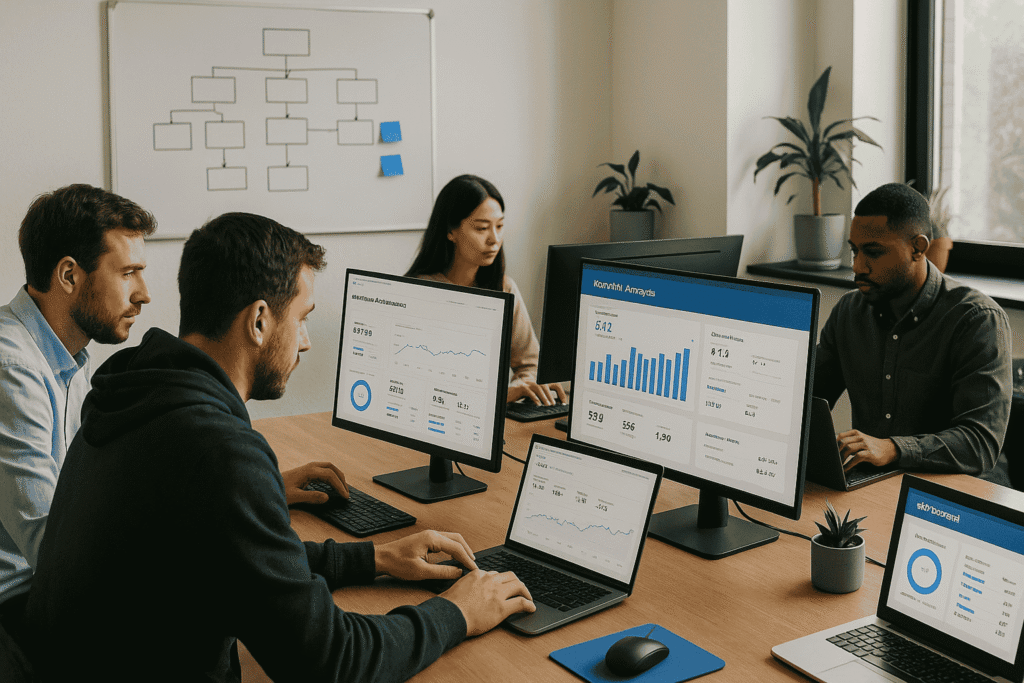

Why It Matters for Your Business
Think of on-page SEO like tuning up a car engine. You can have a beautiful design, but if things aren’t set up right under the hood, you won’t get far. The same applies to your website. Clean code, fast load times, mobile-friendly design, and well-written content all impact how high your pages appear in search results.
Search engines rely on many small details to understand what your pages are about. If those details are missing or messy, your site may not rank well. Our on-page SEO services are designed to identify those gaps, fix the problems, and bring out the full value of your website.
Our On-Page SEO Optimization Process
Optimize Every Page for Real Results, Not Just Traffic
🔍 1. In-Depth Website Audit and Page Analysis
We start by carefully scanning your website. Our goal is to find any weak spots in your content, layout, meta tags, speed, and mobile setup. This gives us a clear picture of where your pages stand. Once we know what needs fixing, we create a step-by-step plan to improve performance and search visibility.
🗂 2. Keyword Mapping and Placement Strategy
Next, we research the best keywords for your business. Then we match those keywords to the right pages. This is called keyword mapping. After that, we work on placing them naturally in headings, paragraphs, image tags, and more. This helps search engines understand exactly what each page is about, without overusing any term.
✍️ 3. Content Optimization and Formatting
We improve your existing content by making it clear, helpful, and focused on your topic. This includes fixing grammar, adding missing information, and enhancing how your text flows. We also format your pages with bullet points, short paragraphs, and proper headings to make reading easier for both people and search engines.
🧭 4. Internal Linking for Better Navigation
Internal links connect one page on your site to another. We add these links smartly so visitors spend more time on your site and find related information easily. It also helps search engines crawl your website better, which boosts your ranking. We ensure every page links naturally to the most relevant pages.
🧩 5. Image SEO and Technical Fixes
We optimize your images by compressing them for speed and adding "alt text" so search engines can understand them. We also fix broken links, remove duplicate tags, and clean up code. All of this makes your site faster, more accessible, and easier for Google to index properly. This gives your pages a better chance at ranking.
📊 6. Final Checks, Reporting, and Ongoing Updates
Before wrapping up, we run a full checklist to ensure nothing is missed. You’ll receive a detailed report showing all the improvements made. Since search trends change often, we also suggest updates to keep your pages fresh. Our team tracks performance so we can adjust the strategy for even better results.
🔍 Crafting Pages That Speak to Google and Your Audience
Optimizing Every Element to Build Trust and Boost Rankings
Our on-page SEO approach focuses on what really matters, including how users navigate your site and how search engines interpret it. We fix broken links, organize content logically, and improve pages so they load quickly and look good on any screen. Details like image tags and content spacing may seem minor, but they build significant trust with search engines. We also help outline each page with clear topics and straightforward language, ensuring your message connects. The result is a site that ranks higher, reads better, and attracts the right visitors to your digital doorstep.

What do On-Page SEO services include?
On-page SEO isn’t just about using keywords. It involves a complete process that affects many parts of your website. Here’s what a good service usually includes:
- Page Titles and Meta Descriptions: These are the first things people see in search engines. We write clear, enticing titles and descriptions that include keywords.
- Header Tags (H1, H2, H3…): These help divide your content into sections and make it easier to read. We structure them correctly for both users and search engines.
- Content Quality: Your content should be unique, helpful, and well-written. We ensure your text is useful, straightforward, and focused on your topic.
- Internal Linking: Linking your pages keeps visitors engaged and helps search engines understand how your content relates.
- Image Optimization: Images should load quickly and include alt text to help search engines understand what they depict.
- URL Structure: Simple, clean URLs with relevant words are better for search and for users. We’ll help you fix or plan these for future use.
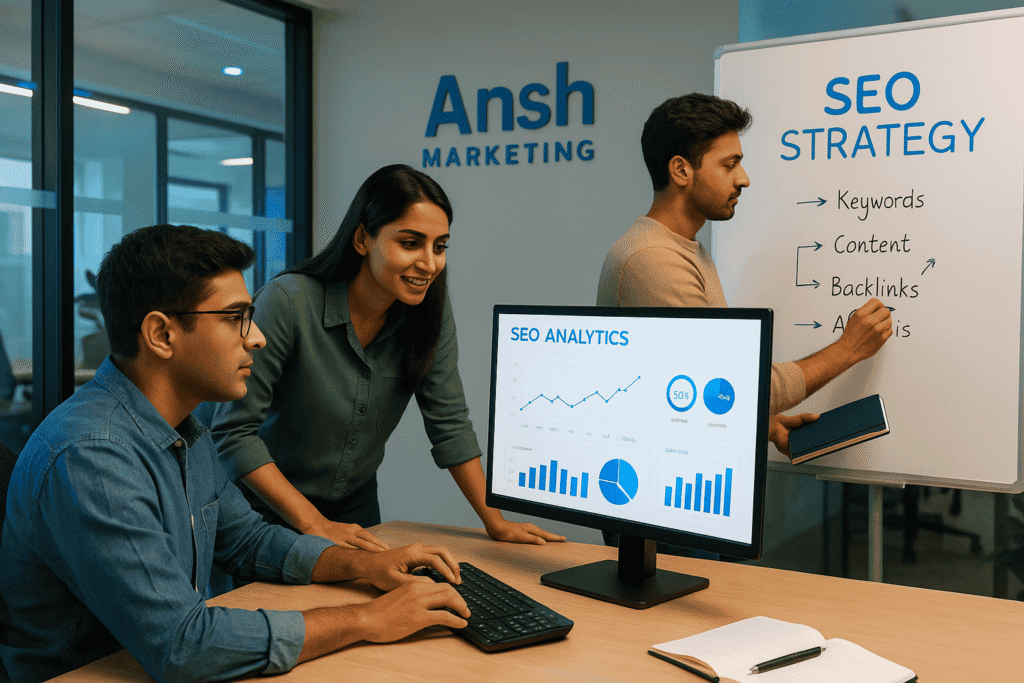
Subscribe
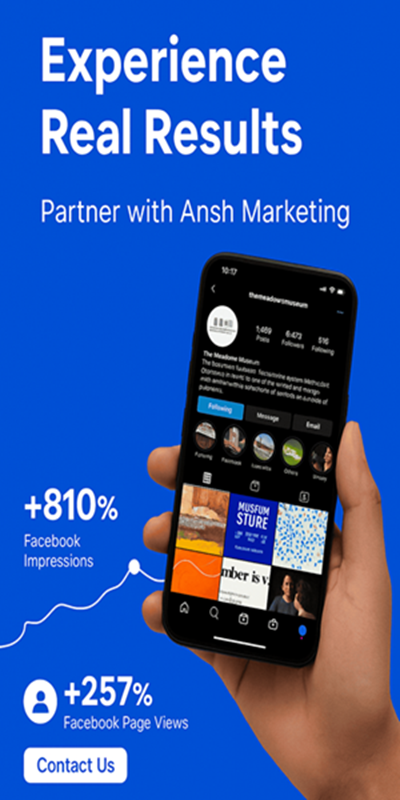
Have a Project on mind?

Let us together build a flourishing business
🔧 On-Page Search Engine Optimization FAQs
1. What is on-page SEO, and why is it important?
On-page SEO is the process of optimizing each page on your website to improve its ranking on search engines. It helps search engines understand your content better and increases the chances of showing up when people search for your products or services.
2. How is on-page SEO different from off-page SEO?
On-page SEO focuses on things you can control on your website, like content, meta tags, and site structure. Off-page SEO includes activities outside your site, like backlinks and social sharing.
3. What are the key elements of on-page SEO?
Some main parts include title tags, meta descriptions, headings, keyword placement, internal links, image optimization, and mobile-friendliness.
4. Do I need to use keywords exactly as they are?
Not always. You can use variations of your keywords naturally in sentences. Google can understand related terms and context now.
5. How often should I update my on-page SEO?
It’s a good idea to review and update your content regularly, especially if your industry changes or new keywords become important. Quarterly checks work well for most websites.
6. Can on-page SEO help with voice search?
Yes! Using clear, conversational language and answering common questions on your pages can help your site rank for voice search queries.
7. How do I know if my on-page SEO is working?
You can use tools like Google Search Console or analytics platforms to track rankings, clicks, and engagement. Improvements in these areas often mean your on-page SEO is effective.
8. Is content length important in on-page SEO?
Yes, but it’s more about quality than quantity. Pages should be long enough to cover the topic well but not filled with fluff. Focus on being useful and relevant.
9. Do images affect on-page SEO?
Absolutely. Optimizing image file names, sizes, and using alt text helps with SEO and improves user experience, especially on mobile devices.
10. Can I do on-page SEO by myself or do I need an expert?
You can start with the basics on your own, but working with an SEO expert can help you dig deeper and avoid common mistakes, especially if you want better results faster.
